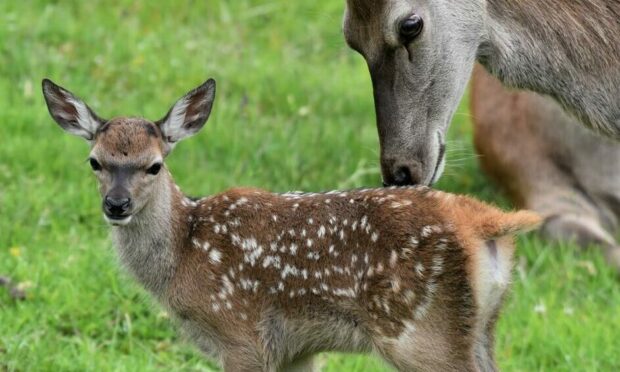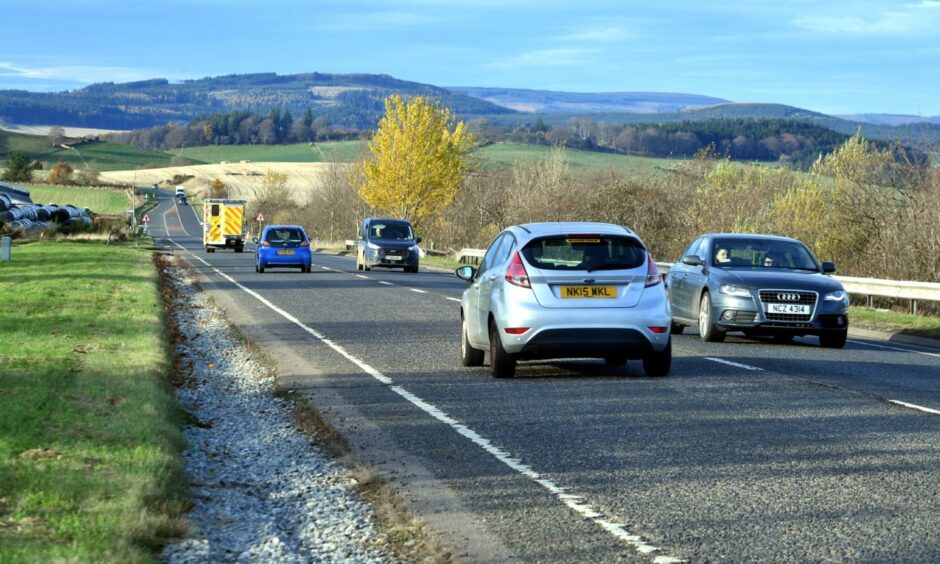The number of collisions between deer and vehicles has increased across Scotland in recent years.
It’s estimated the number of collisions has now reached 9,000 per year, resulting in 50 to 100 human injuries. Rates usually increase in late May and early June as this is when young deer go out on their own to look for new territories.
The majority of collisions either happen between early evening and midnight or between 6am to 9am.
Aberdeenshire is among the areas where deer-vehicle collisions have shown the biggest increase.
To combat the rise in collisions, NatureScot and Traffic Scotland are working together to implement signage across key hotspots across the region between May 23 and June 13.
They will be in place around Inverness, Aberdeen and Fort William as well as at points along the A835 Inverness to Ullapool road, A96 Aberdeen to Inverness road and A85 Oban to Perth road.
Jamie Hammond, wildlife management officer at NatureScot, said: “Particularly in peak times, we advise motorists to slow down and watch for deer crossing roads.
“Be aware that if you’re driving near woods, deer can suddenly appear before you have time to brake.”
Tips for avoiding collisions
NatureScot and Traffic Scotland are actively sharing advice with motorists on how to avoid collisions with deer.
Tip tips include:
- Try not to suddenly swerve to avoid hitting a deer, this could cause an accident
- Only brake sharply and stop if there are no vehicles behind you
- Try to come to a stop as far away from the animals as possible
- After dark, use full-beams when there is no oncoming traffic, as this will illuminate the eyes of deer
- Report any deer-vehicle collisions to the police and do not approach an injured deer yourself


Conversation